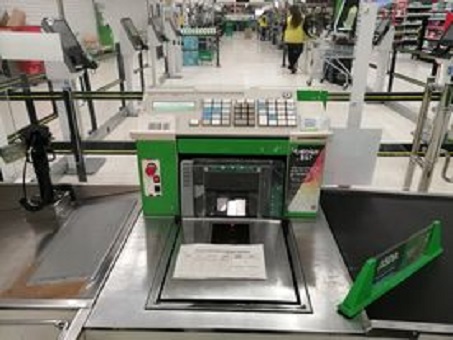Conversational commerce

We used to have a choice between deciding what to buy by looking at a catalogue or brochure at home, or by visiting a shop. We mostly went shopping, especially if we wanted advice on products. Communicating with someone who knew what they were talking about was often important to us..
Increasingly the choice has become between going shopping or buying online. Shopping online can be fun, can give us more choices and is usually more convenient.
We can,of course, look up product reviews, even though we know that they might be faked.
When we decide what to buy, we enter our card details, then look out for the email confirmation, and the email that we’ll receive about delivery. This despite the fact that we’re using emails less and less these days.
But what about the communication?
Once we used to write letters, then made phone calls on land lines, then mobiles, then emails. Now we message people, perhaps on whatsapp or facebook messenger.
Researchers tell us that messaging apps have a higher satisfaction rate than email or phone. They overtook social networking sites in terms of user numbers and time spent using them six years ago.
So not surprisingly messaging is starting to be used for e-commerce on a large scale.
It’s called “conversational commerce” and it’s claimed that it enhances the buying experience of customers and increases trust and customer loyalty.
The messaging app can access your online history and preferences. You can’t even be certain whether you’re chatting with a real person or a robot. Unlike real people, robots will always remember your previous chats and preferences.
Conversational commerce is also a better way of dealing with complaints and of providing customer service. In the past we may have phoned a company up or visited them if we had a problem. If we can’t do that we may be tempted to write some strong words on facebook or twitter. Companies would prefer to sort your problems out through messaging!
Expect the trend to grow. There’s one thing that always stays the same in retail – the need for constant change.
.

